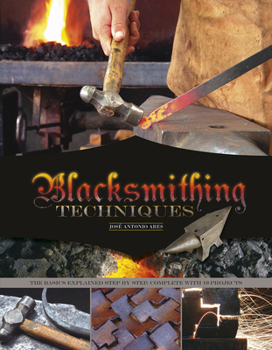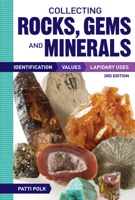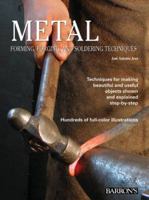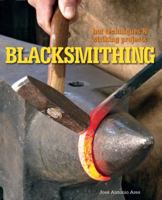Blacksmithing Techniques: The Basics Explained Step by Step, Complete with 10 Projects
The perfect resource for starting work in metal forging, this guide introduces the traditional techniques from a modern perspective. It focuses on the basics, and includes classic procedures of the craft like punching and bending, as well as modern processes such as plasma cutting, heating with a blowtorch, or the use of manual power tools. With clear instructions and over 500 detailed full-color photos throughout, the book introduces the craft's materials and tools, from the raw material (iron and steel), to the fuels, to the forge and its accessories. Next, basic techniques in eight key subject areas are taught step by step. The book includes instructions for ten creative projects ranging from a cold-forged table trivet to a candelabra, and even a large sculpture applying industrial processes. A creativity-inspiring photo gallery features a selection of pieces by artists worldwide.
Format:Hardcover
Language:English
ISBN:076434935X
ISBN13:9780764349355
Release Date:October 2015
Publisher:Schiffer Craft
Length:144 Pages
Weight:2.55 lbs.
Dimensions:0.8" x 8.8" x 11.3"
You Might Also Enjoy
More by José Antonio Ares
Customer Reviews
1 customer rating | 1 review
There are currently no reviews. Be the first to review this work.










































